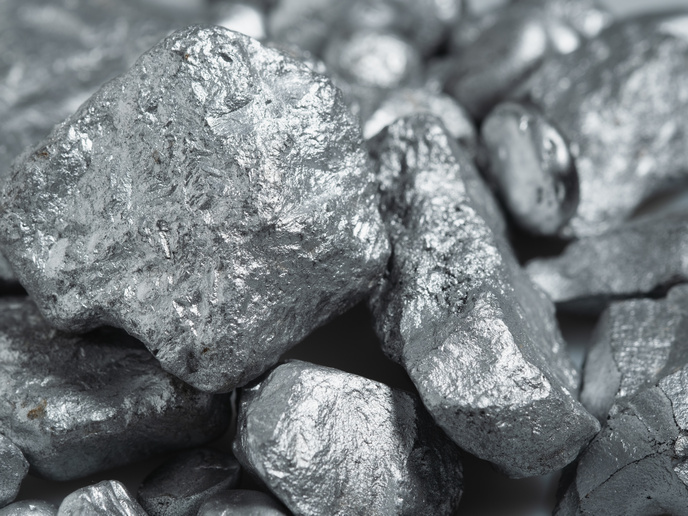Green, efficient approach transforms metal extraction
Critical raw materials such as cobalt, germanium and platinum group metals are the backbone of numerous products and technologies we use, from rechargeable batteries to solar cells and electronics. The European Commission is supporting projects centred around the recovery of these critical materials. These initiatives not only ensure economic stability but also pave the way towards a more self-reliant and sustainable future. The EU-funded ION4RAW(opens in new window) project is working to develop a more efficient and eco-friendly way of extracting metals from primary resources. This marks a significant shift from many existing hydrometallurgical processes, which often resort to using toxic substances detrimental to the environment.
An alternative, groundbreaking ionometallurgical technology
“At its core, ION4RAW utilises leaching with deep eutectic solvent (DES) ionic liquids and electrorecovery. DES are green, chemically stable solvents that can be customised to recover different metals,” explains project coordinator Maria Tripiana. They provide an eco-friendly alternative to conventional ionometallurgical(opens in new window) processes, making ION4RAW’s approach more resource- and cost-efficient. “They are composed of two components, Lewis and Brønsted acids, which melt at a different temperature than the mixture as a whole. Depending on the metals of interest, different DES formulations have been tested,” adds Tripiana. Following upstream conditioning, ore minerals are dissolved in DES. The resulting solution contains a mix of different metals, which are then electrodeposited in solid form using the DES as the electrolyte solution. This process involves a cathode and an anode, and with the application of current, the metals are deposited on the cathode in solid form. However, the technology faces challenges, particularly in scaling up the process and proving its effectiveness outside a laboratory environment. Yet, significant progress has been made, with researchers aiming to reach TRL 5 by the project’s end. The prototype of the technology will be developed at TECNALIA’s facilities. The final months will be devoted to fine-tuning the process performance and testing the quality of the recovered by-products.
Activities benefiting sustainable resource management
Project members have undertaken several activities to achieve their objectives. They initially focused on supporting by-product recovery through a comprehensive assessment of by-product potential. By compiling geological and historical analytical data, querying European data sets and collecting samples from selected locations, a reliable inventory of targeted by-product distribution across Europe was established. Multi-scale characterisation techniques were employed to analyse the ores and identify by-product mineral carriers. To maximise by-product upstream recovery from primary sources and minimise downstream environmental impact, project members mapped the behaviour of by-product-bearing minerals present in polymetallic reference ores. The team also demonstrated effective filtration, washing and recovery processes, confirming their effectiveness without jeopardising material properties or DES quality. Ultimately, project members employed ionometallurgical methods to cost-efficiently recover by-products from primary sources. A mineral liberation analysis was conducted to characterise sulfide concentrates from all primary ores studied. Two leaching approaches were evaluated, namely chemical and electrochemical, with the former using choline chloride/ethylene glycol with copper/lead concentrates emerging as the most promising. The team further investigated the influence of solvent composition on the speciation and behaviour of the target elements. “In terms of sustainability, the ION4RAW process outperforms conventional recovery routes. It offers reduced energy consumption and uses non-flammable solvents, ensuring a healthier and safer process,” states Tripiana. The reduction in both capital and operating expenditures makes this process a viable option for mining and mineral processing companies







